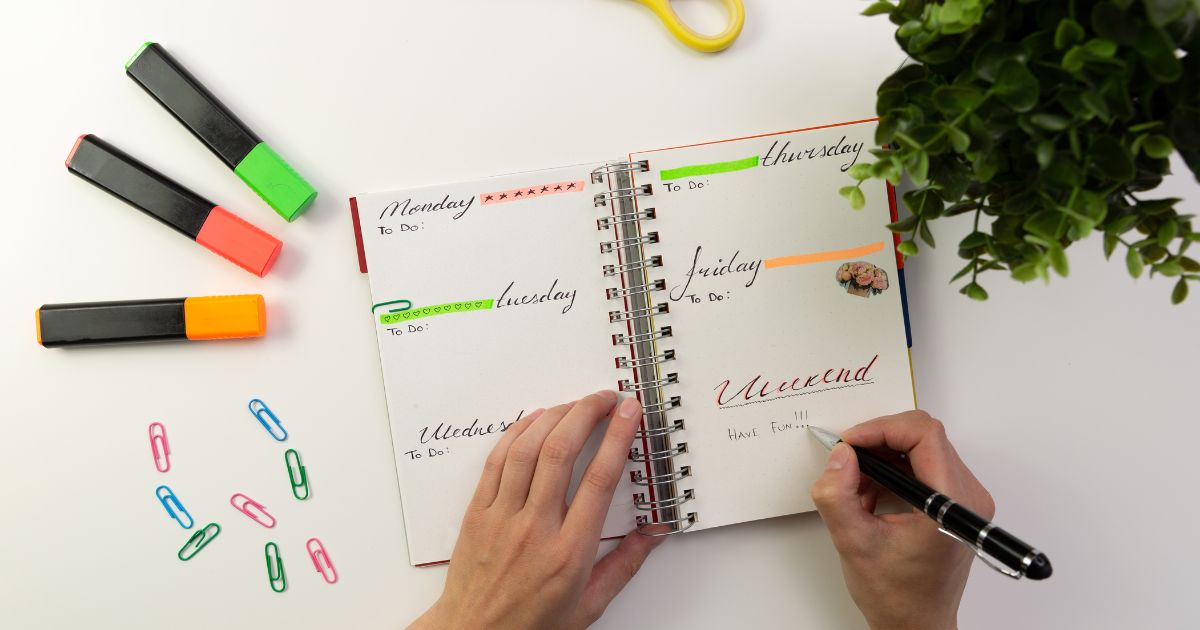A simple essay might convey the right information, but a memorable essay leaves a lasting impression. It sticks with the reader long after they’ve finished reading. Whether you’re writing for a competition, a class, or a professional opportunity, the difference between a good essay and a great one often lies in how you elevate your message with originality, emotion, and style. In this article, you’ll learn how to transform your writing from basic to unforgettable with a series of powerful, practical techniques.
Understand What Makes an Essay Memorable
Memorability doesn’t require flashy language or complex arguments. A memorable essay:
- Has a clear and original voice
- Makes the reader feel or think differently
- Presents ideas in a fresh and engaging way
- Shows depth, vulnerability, or insight
- Uses language that is intentional and expressive
The goal is not just to inform—but to connect.
Start With a Strong and Personal Hook
A great essay begins with a hook that captures the reader’s attention and hints at something deeper to come.
Examples of effective hooks:
- A surprising fact or statistic
- A thought-provoking question
- A short, vivid anecdote
- A bold or emotional statement
Example:
“The first time I failed a test, I smiled. It was the first time I felt free.”
A strong hook sparks curiosity—and invites the reader into your world.
Find a Unique Angle or Perspective
Even common topics can become extraordinary when told through a unique lens. Avoid generic or predictable approaches. Instead, dig into your personal insight, emotion, or contradiction.
Instead of:
“Social media has pros and cons.”
Try:
“I measure my worth by likes—and I know I’m not alone.”
Your perspective—your experience and your way of seeing the world—is what makes the essay truly original.
Use Concrete, Sensory Language
The most memorable writing shows rather than tells. Use details that engage the reader’s senses and imagination.
Instead of:
“I was nervous before the speech.”
Try:
“My palms were slick with sweat, and my stomach churned like a washing machine set to spin.”
Vivid imagery helps the reader see, hear, feel and remember your story.
Structure Your Essay With Emotional or Logical Progression
A simple essay may follow a basic structure, but a powerful one takes the reader on a journey.
Two effective structures:
- Chronological/emotional arc: Take the reader through a change or realization
- Thematic build-up: Present connected ideas that intensify toward the conclusion
End each paragraph with a thought-provoking insight or transition that pulls the reader forward.
Show Vulnerability and Authenticity
Memorability often comes from honesty and courage. Don’t be afraid to share flaws, fears, doubts, or failures. When you write with vulnerability, you create empathy and connection.
Example:
“I used to lie about reading books because I was ashamed of how slowly I read. Now, I cherish every page I take my time with.”
Real emotion stays with people far longer than perfection.
Use Literary Devices With Purpose
Metaphors, similes, alliteration, and repetition can all add beauty and rhythm to your writing—if used intentionally and sparingly.
Examples:
- Metaphor: “My childhood was a locked room, and writing was the key.”
- Alliteration: “Silent streets speak louder than screams.”
- Repetition: “I wanted to be seen. I wanted to be heard. I wanted to matter.”
These tools help reinforce your message and make your language more poetic and memorable.
Build Toward a Powerful Ending
Many writers rush their conclusions—but a strong final paragraph is what lingers in the reader’s mind.
Great conclusions often:
- Circle back to the introduction with deeper meaning
- End on an image, quote, or reflection
- Offer a call to action or new way of thinking
Example:
“I don’t fear failure anymore. I fear silence. Because when I write, even the smallest story echoes.”
A powerful closing elevates everything that came before it.
Read Aloud and Revise for Rhythm
Memorable essays flow like music. Read your draft out loud to hear the rhythm of your sentences. Revise for:
- Pacing: Alternate short and long sentences
- Clarity: Replace weak or vague words
- Tone: Ensure consistency and emotional authenticity
- Impact: Strengthen openings and endings of paragraphs
Great writing is often great rewriting.
Final Thought: Make the Reader Feel Something
Ultimately, what makes an essay memorable is not how smart it sounds—it’s how deeply it moves, inspires, or challenges the reader. Use your voice with honesty. Tell your story with courage. And above all, write with the intention to leave something meaningful behind.









